On our trip to Berlin, Kate decided to organise a trip for us to visit the Berlin Wall Documentation Centre. She knew that I was interested to see the Berlin Wall (Die Berliner Mauer) in person, especially after watching a documentary how the wall was erected and “improved” over the span of 30 years and how many people thought of ways to escape from East Germany.
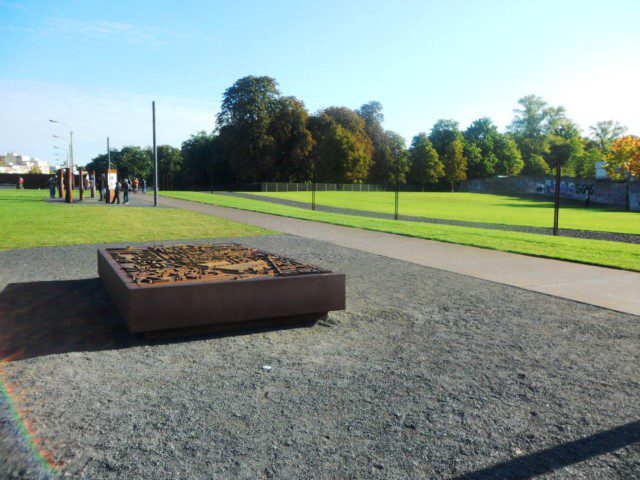
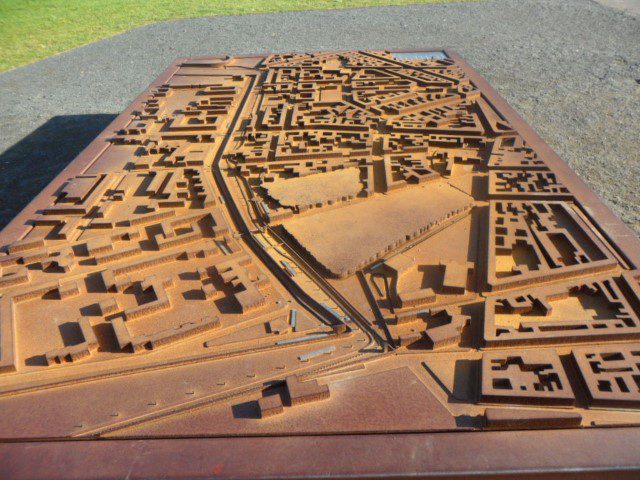
What was the Berlin Wall
The story behind the Berlin Wall is this : GDR or German Democratic Republic was part of
To cut the long story short, after WW2, Germany was divided into 4 blocs of the Allied forces (US, France, UK, Soviet Union). The German Democratic Republic or GDR controlled the Eastern Bloc and embraced the communist styled thinking while the Western Bloc controlled by Federal Republic of Germany embraced the capitalist model.
Hence West Germany developed economically while East Germany remained stagnant.
This triggered mass migration of people from East Germany to the West in search of a better life. To stop this mass exodus, GDR erected a physical wall to prevent such migration – now known to us as the Berlin Wall.
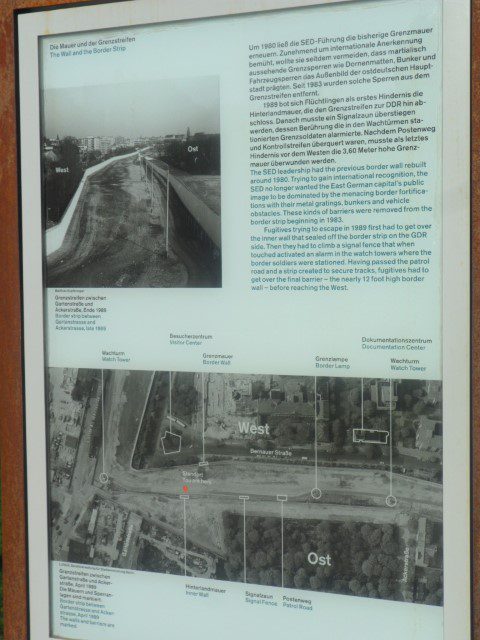
Initially, there were only barbed wires at the borders and this allowed Conrad Schumann , an East German soldier to become the first person to be defected to West Germany during the construction of the Berlin Wall.
The wall then subsequently became more sophisticated. Inner walls were built. A separation zone known as “No Man’s Land” or “the Strip” became heavily guarded with watch towers and armed guards. Taller walls were built and at one point, mines were also planted in “the Death Strip”.
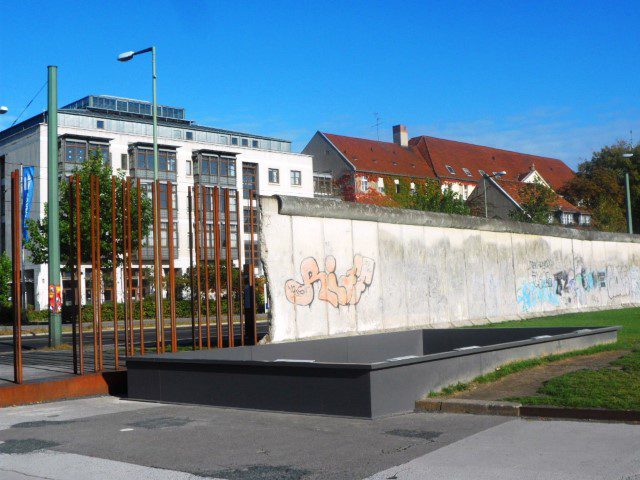
This is the most commonly seen “fourth generation” or final version of the Berlin Wall with the smooth rounded pipe at the top making it difficult for anyone to scale.
The documentary that we watched also showed the ingenuity of Germans. Their creativity was demonstrated in the many ways that was used to cross the wall. Some of the more memorable methods of crossing the walls include
1. Digging tunnels
2. Using a zipline – Flying Fox across the border
3. Using hot air ballon
4. Building a small boat
5. Join the rail network and plan an escape
6. Building a plane! (painting it Soviet colours to avoid being shot down!)
The Berlin Wall was erected in August 1961 and stood for almost 30 years, falling in November 1989. During this period, more than 200 people died in an attempt to cross the Wall.
The Fall of the Berlin Wall
The Fall of the Berlin Wall actually took place because of a mis-informed announcement!
Again, to cut the long story short. In the late 1980s, there have been many defections via Hungary & Czechoslovakia and these defectors or refugees only wanted to return to the West. To make things easy, the decision was made to allow direct transport of these refugees across the border from East to West Germany. The original decision was to make this arrangement available in a couple of day’s time. However, the person who announced this did not know about the details and said that the arrangement of crossing the border was to take place with immediate effect!
And because of this wrong announcement, throngs of people started to gather at the borders and eventually the guards could no longer hold the crowds, allowed them to cross – paving the way for the fall of the Berlin Wall.
Berlin Wall Documentation Centre
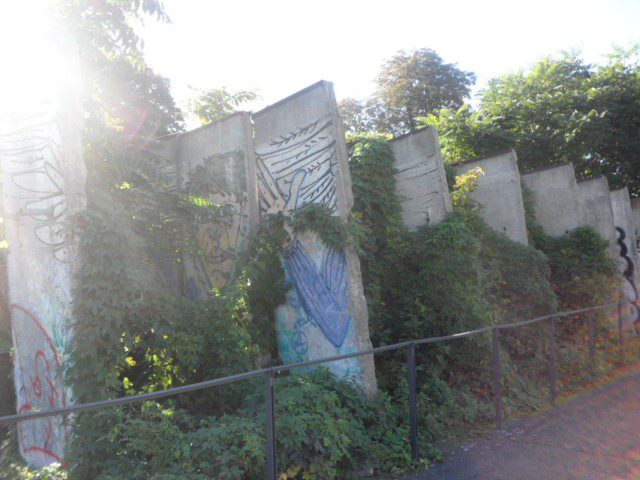
The Berlin Wall Documentation Centre is definitely a must visit when you are in Berlin. Looking at the Wall and standing beside it, is like actually seeing a piece of history right before your very eyes.
Stretching your hands towards the top of the wall, also gives you an idea of how tall the wall really was.
The documentation centre also has several stops for visitors to learn more about the stories and vantage points of people who lived through those times, from both sides of the wall. These stories paint a vivid picture of how life was like then.
Ticket Prices & Opening Hours of Berlin Wall Documentation Centre
The Visitor / Documentation Centre opens from 9:30am to 6 or 7pm daily. The open air exhibition and memorial grounds are available from 8am to 10pm daily.
How to get to Berlin Wall Documentation Centre in Berlin
The Berlin Wall Documentation Centre is located along Bernauer Strasse and the nearest station is Berlin Nordbahnhof – a S bahn. While you’re there, remember to visit the exhibition at the train station of Nordbahnhof. You will read about the “Ghost stations” as well as how a man who worked at the rail company in East Germany (knowing the entire rail network), led his family into West Germany.
Map of the Berlin Wall Documentation Centre
Zoom in on Bernauer Strasse to find “Gedenkstatte Berliner Mauer” (Berlin Wall Documentation Centre)
Related Posts
You have just finished a post from our Berlin Travels. Below, you can find other relevant posts covered during this trip!
Top 8 Things to do and Attractions in Berlin Germany
Berliner Hof Hotel – A great base to explore Berlin
Berlin Hauptbahnhof : Futuristic Berlin Central Station
Alexanderplatz Berlin : A relaxed evening and a sumptuous steak dinner at Block House
Hotel Amelie Berlin : No frills budget stay
Berliner Currywurst : Is it really all that its hyped up to be?
Berlin Wall East Side Gallery : Iconic Artwork Awaits
Checkpoint Charlie Berlin : At Berlin Wall between East and West Berlin
Holocaust Memorial Berlin : Memorial to the Murdered Jews in Europe
Brandenburg Gate Berlin Germany aka Brandenburger Tor : A Must Visit Attraction
Berlin Zoo aka Hauptstadt Zoologischer Garten : Back to Nature…
Berlin Wall Documentation Centre : History Before Your Very Eyes
Der Reichstag Berlin : Home of the German Parliament (Bundestag)
If you enjoyed our content, “Like” us on Facebook Today!
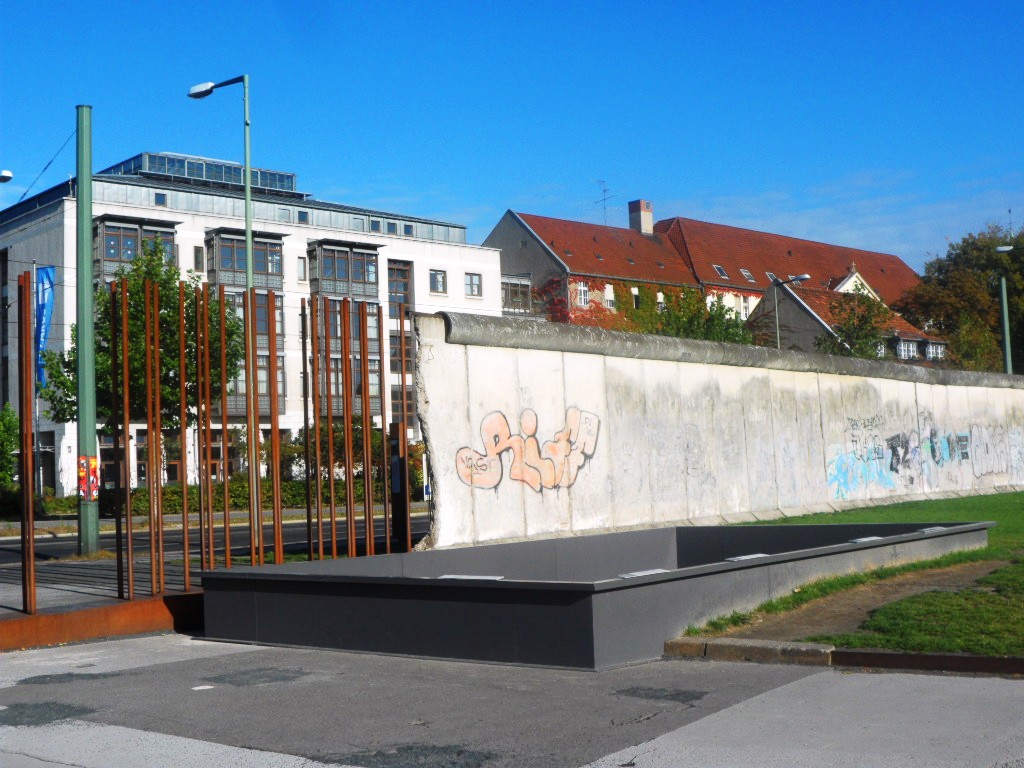
For your convenience, we have arranged for the best hotel deals in Berlin right here!
Enjoy the stories behind the Berlin Wall at the Berlin Wall Documentation Centre!


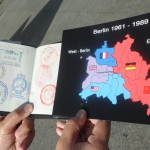
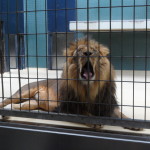



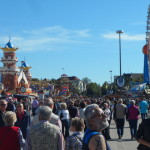



 Buy us a
Buy us a 

 OR
OR

